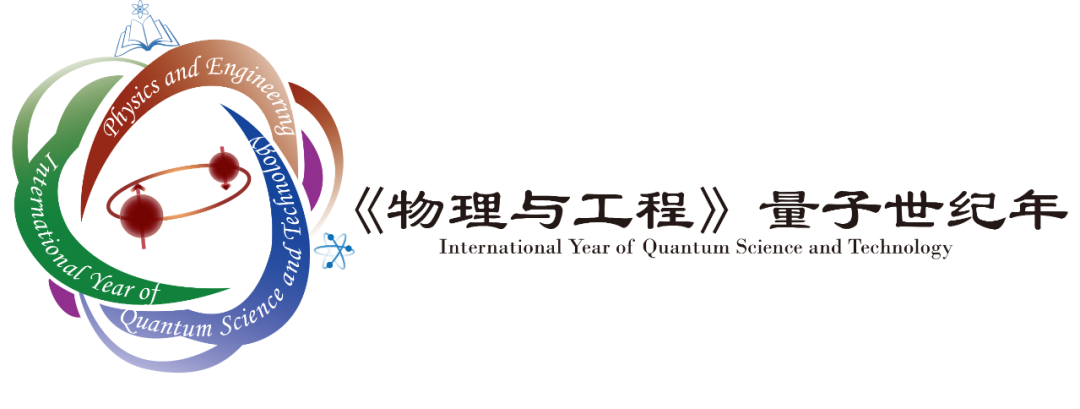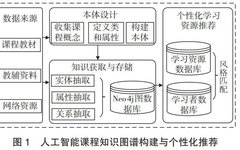
0 Introduction
Artificial intelligence, as an important branch of computer science[1], encompasses disciplines such as philosophy, psychology, cognitive science, computer science, and mathematics[2]. The teaching objective of this course is to help students gain a comprehensive understanding of the current state of AI development, its basic principles, and methods, while promoting a deeper understanding of related application fields. At the same time, it encourages students to fully tap into their wisdom and creativity, using new ways of thinking and problem-solving techniques to actively explore and solve practical problems related to AI, thereby enhancing their academic quality and innovative spirit. However, the theoretical nature of AI courses can be dry, algorithms can be abstract and complex, and the wide range of related disciplines[3], the vast knowledge system, rapid knowledge updates[4], and the accumulation of related learning resources present certain challenges for students’ learning.
Personalized recommendations based on the knowledge graph of AI courses integrate the vast and abstract knowledge of AI courses into a structured graph, providing students with a comprehensive and systematic learning framework that showcases the knowledge content system. This allows students to better understand the relationships between various knowledge points, assisting them in organizing knowledge threads and establishing logical connections. Based on this, learning resources tailored to students’ learning styles are designed to provide more precise, targeted teaching guidance and high-quality resources, helping students better master AI knowledge.
1 Overview of Course Knowledge Graph Research
A knowledge graph is a structured representation of knowledge used to describe entities, concepts, relationships, and attributes, consisting of nodes (entities or concepts) and edges (relationships), displayed in a graphical format to show their interconnections. Since its inception, this concept has been widely applied across various fields and has attracted the attention of many scholars in the education sector in recent years.
The course knowledge graph is an application of the knowledge graph in a specific subject or course within the educational field[5]. It serves as a semantic network that establishes connections between course content and learning resources, ultimately visualizing knowledge and establishing relationships between knowledge nodes[6]. It can provide a more holistic and intuitive display of the knowledge structure and distribution of the course[7]. In the construction of course knowledge graphs, researchers are committed to collecting and integrating course knowledge from multiple perspectives. In literature [5], to meet teaching needs, a knowledge graph for a C++ programming course aimed at undergraduates was proposed, focusing on
